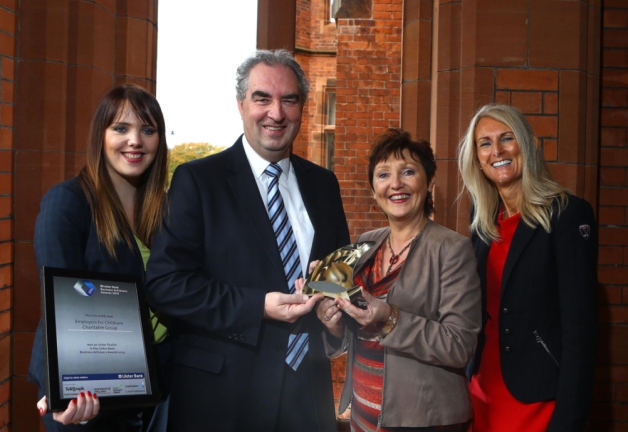Home
About Us
Page 2
In addition, the EPA also understands that the synthesis of these essential materials can negatively impact human health, which is why it is pushing for the development of an interdisciplinary center that is capable of housing these materials and becoming a vital instrument in the process of manufacturing, using, reusing, redesigning and disposing them.
|
|
The Centers for Material Life Cycle Safety Program will focus on the area of sustainability, which entails a use of a different research approach.
The approach will follow the following stages through the life cycle of a material, specifically:(1) raw material acquisition, (2) production, (3) use, (4) reuse and redesign and (5) end of life management.
This approach covers all the aspects that is involved in the life cycle of a material or a chemical, which means that researchers will gain more control over them and their effects to the society.
The United States Environmental Protection Agency is geared to administer two grant awards under this program with a total funding amount of $10,000,000.
The institutions and organizations that will be deemed eligible to participate in the Centers for Material Life Cycle Safety Program are the following:
a) Public nonprofit institutions/organizations
b) Public institutions of higher education and hospitals
c) Private nonprofit institutions/organizations
d) Private institutions of higher education and hospitals
e) State and local governments
f) Federally Recognized Indian Tribal Governments
Centers for Material Life Cycle Safety Program
Back to Page 1
About The Author Iola Bonggay is an editor of TopGovernmentGrants.com one the the most comprehensive Websites offering information on government grants and federal government programs. She also maintains Websites providing resources on environmental grants and grants for youth programs. |
Additional Resources
category - Civic Engagement Grants
What You Need To Know About The Department of Transportation
National Integrated Water Quality Program
Government Grants Within The United States Science and Technology Sector
2012 University Center Economic Development Program Competition
Follow @topgovtgrant
Social Entrepreneurship
Spotlight
Childcare Charitable Group Named Top Social Enterprise

Employers For Childcare Charitable Group (EFCG), a Lisburn-based charity, has been crowned top Social Enterprise at the Ulster Final of 2014’s Ulster Bank Business Achievers Awards. EFCG seeks to “make it easier for parents with dependent children to get into work and to stay in work.”
